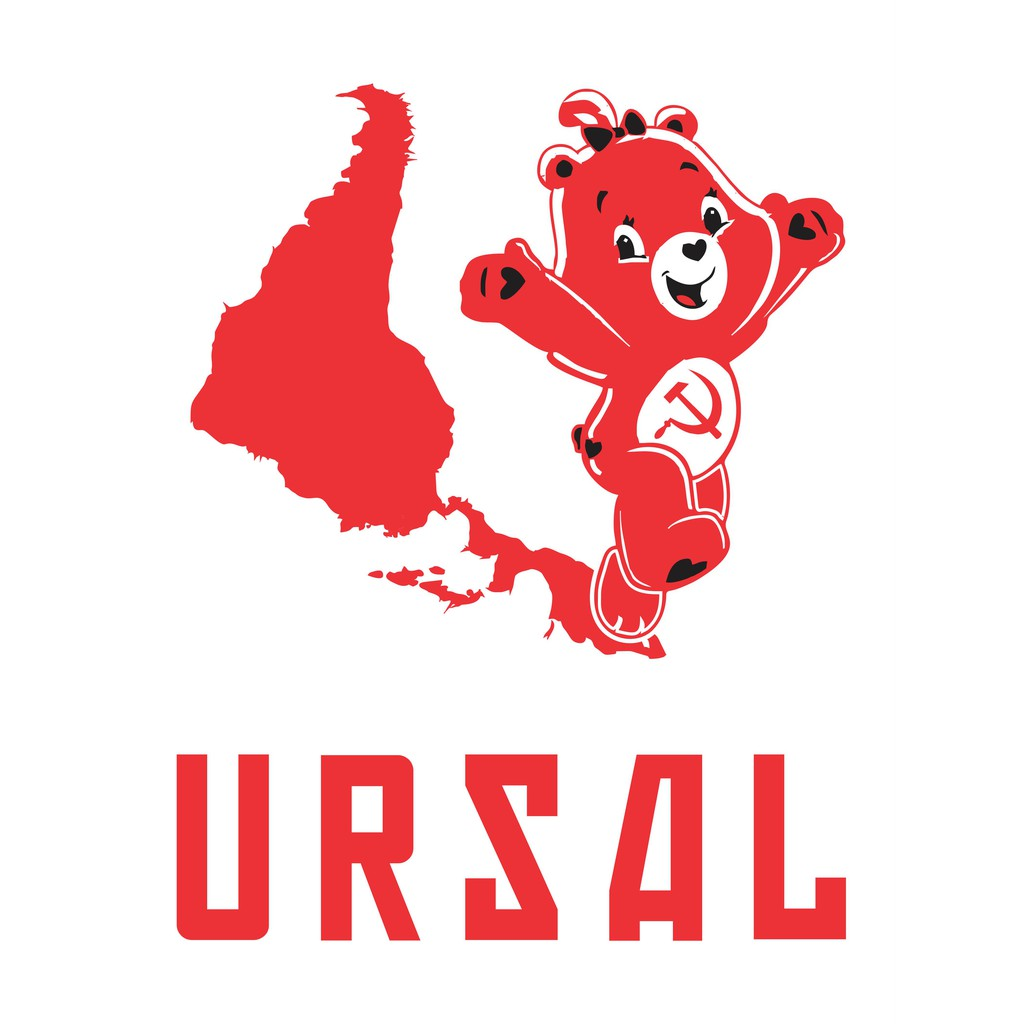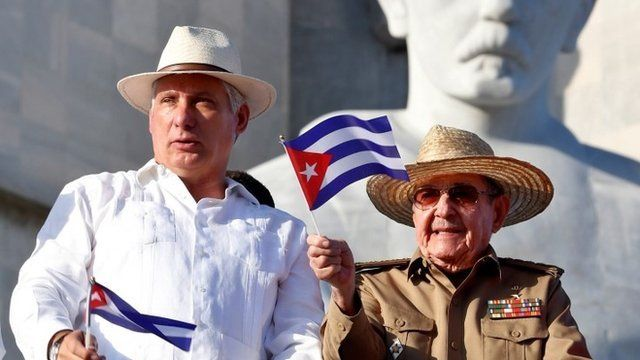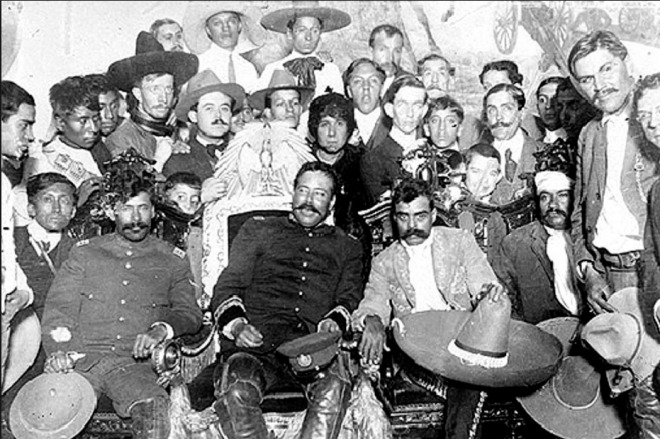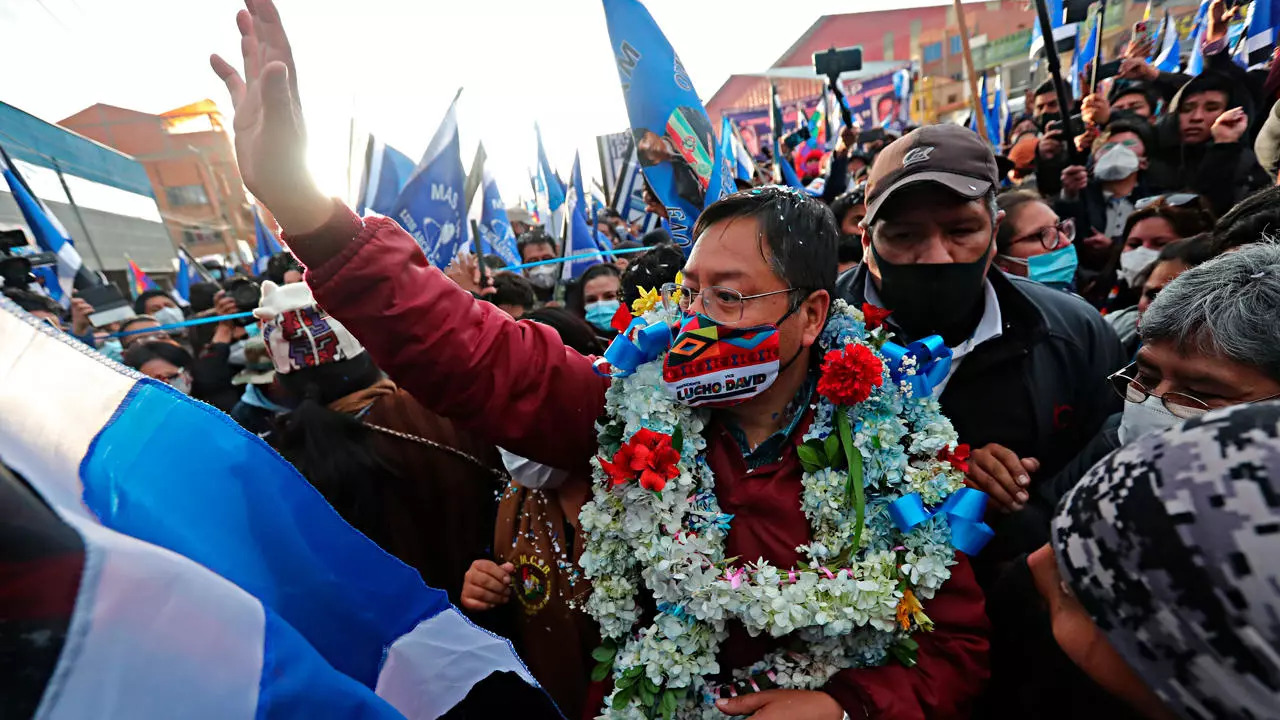Horchata de arroz is a traditional refreshing drink widely consumed. It is one of the many traditional aguas frescas of Mexico and Central America, where it is also prepared with hibiscus, tamarind and other typical fruits. In Venezuela there is chicha criolla, which is very similar. There are other similar drinks made from tiger nuts or almonds, which are generically called horchata.
The word horchata comes from the Latin hordeata, barley water, made from hordeum, a Latin word meaning barley. According to the RAE, the word would have arrived in Spanish through Mozarabic, which would explain the consonant transformation to ch and the maintenance of the t, instead of the natural evolution that would have become orzada, similar to the Italian, orzata.
In Spain, and especially in the Valencian Community, horchata is made from the tiger nut (Cyperus esculentus). Apparently, it was already used in ancient Egypt, having been found vessels containing tigernuts as part of the funerary trousseau of the pharaohs. Likewise, Persian and Arab authors of antiquity mention the digestive and disinfectant benefits of the tigernut, then used as a medicinal drink because it was considered energetic and diuretic.
With the passage of time, and as its use spread to other parts of the world with different availability of ingredients, barley would be replaced by other vegetables (cereals, tubers such as tigernuts, fruits such as almonds, as well as rice and others), which resulted in different types of horchata. All of them are drinks of similar appearance that are characterized by their milky white color, although they are made with different ingredients and processes.
Currently, rice horchata syrups are available in the market, promoted by important brands, due to its wide consumption, in addition to the instant powdered drink, including in a low-calorie version.
In the southeast of Mexico, artisanal horchata syrups are produced. The states of Veracruz, Tabasco, Quintana Roo, Yucatan and Campeche stand out.
Horchatinol is the commercial brand of horchata concentrate that emerged in Mérida, Yucatán, in 1946, motivated by Yucatecan demand. In the city of Mérida, in the early 1930's, with great vision, Manuel Mézquita Aragón and Lucía Zapata de Mézquita perfected the formula for the preparation of the horchata water originally from Spain, although this one was based on tiger nuts.
Horchata de arroz has been considered a refreshing drink that is taken with ice during the summer or in places with hot weather; however, recently it has become popular to drink it hot, similar to an infusion that relieves stomach discomfort. Its flavor, which may resemble that of rice pudding, a very traditional dessert in Mexico, includes cinnamon sprinkled on top, and is consumed in cold climates.
Announcements & Information
Megathreads and spaces to hang out:
- ❤️ Come listen to music with your fellow Hexbears in Cy.tube
- 💖 Come talk in the New weekly queer thread
- 🧡 Monthly Neurodiverse Megathread
- 💛 Read about a current topic in the news
- ⭐️ May Movie Schedule ⭐️
reminders:
- 💚 You nerds can join specific comms to see posts about all sorts of topics
- 💙 Hexbear’s algorithm prioritizes struggle sessions over upbears
- 💜 Sorting by new you nerd
- 🌈 If you ever want to make your own megathread, you can go here nerd
Links To Resources (Aid and Theory):
Aid:
- 💙Comprehensive list of resources for those in need of an abortion -- reddit link
- 💙Resources for Palestine
Theory:





